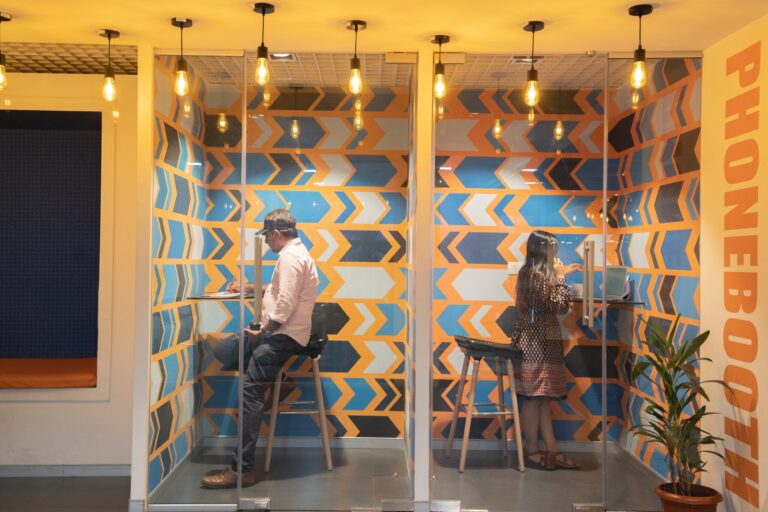
A New Type of Employee
Office life in 2022 doesn’t look the same as it did in 2019. The pandemic has forced many organizations to move jobs from in-office to operating virtually. As a result, leaders and employees who once thrived in face-to-face environments are now left enclosed in their own homes. Hot desking
Amidst these changes, organizations have realized that ultimately, a large portion of their day-to-day didn’t require being in the office, which provided the opportunity to downsize, cutting unnecessary costs. But ultimately, less square footage means less workspace. That is where the coined term “hot desking” comes in, which is having multiple employees share the same workspace (desk) from shift to shift throughout different parts of the day. These individuals are known as hybrid workers. For example, one employee may work from 8 am-12 pm, and another would come in at 12 pm-4 pm, conducting their work at the same desk and same computer, but at different times. In the past, employers could simply introduce a new working system without experiencing significant employee dissatisfaction. But that’s not the case anymore.
The Cons
The frustrations of having to schedule a time to have an in-office workspace can be very challenging. Consequently, employees feel unmotivated, uncomfortable, and undervalued. Thousands of employees have come forth to say this method has increased their stress. Many have even contemplated leaving their jobs because of it. Most of us like having our own space, things, and way of organizing. But this hybrid method has subsequently eliminated that, removing that sense of welcome and belonging that offices once provided.
The Pros
On the other hand, this new way of work has given organizational leaders the benefit of staying inclusive and keeping many of their physical locations open. It has also provided a solution to address all employee’s working preferences, especially during these times of Covid, where many of us have encountered the feeling of disconnection. Many employees now split their work to part-time at home and part-time in the office to still have those in-person interactions, banter, and team building.
It’s important for organizational leaders to realize working environments’ effect on overall morale. Now that hot-desking has come into play once more, this is becoming a situation that many can’t avoid. Encouraging employees to be open-minded and laying out a plan openly to show what other perks or advantages this method has may help them see the bigger picture. But remember that these become challenges for all of us, not just as leaders and not just as employees. Building positivity and obtaining employee feedback regarding this sensitive workspace topic will be the key to a more successful transition.
